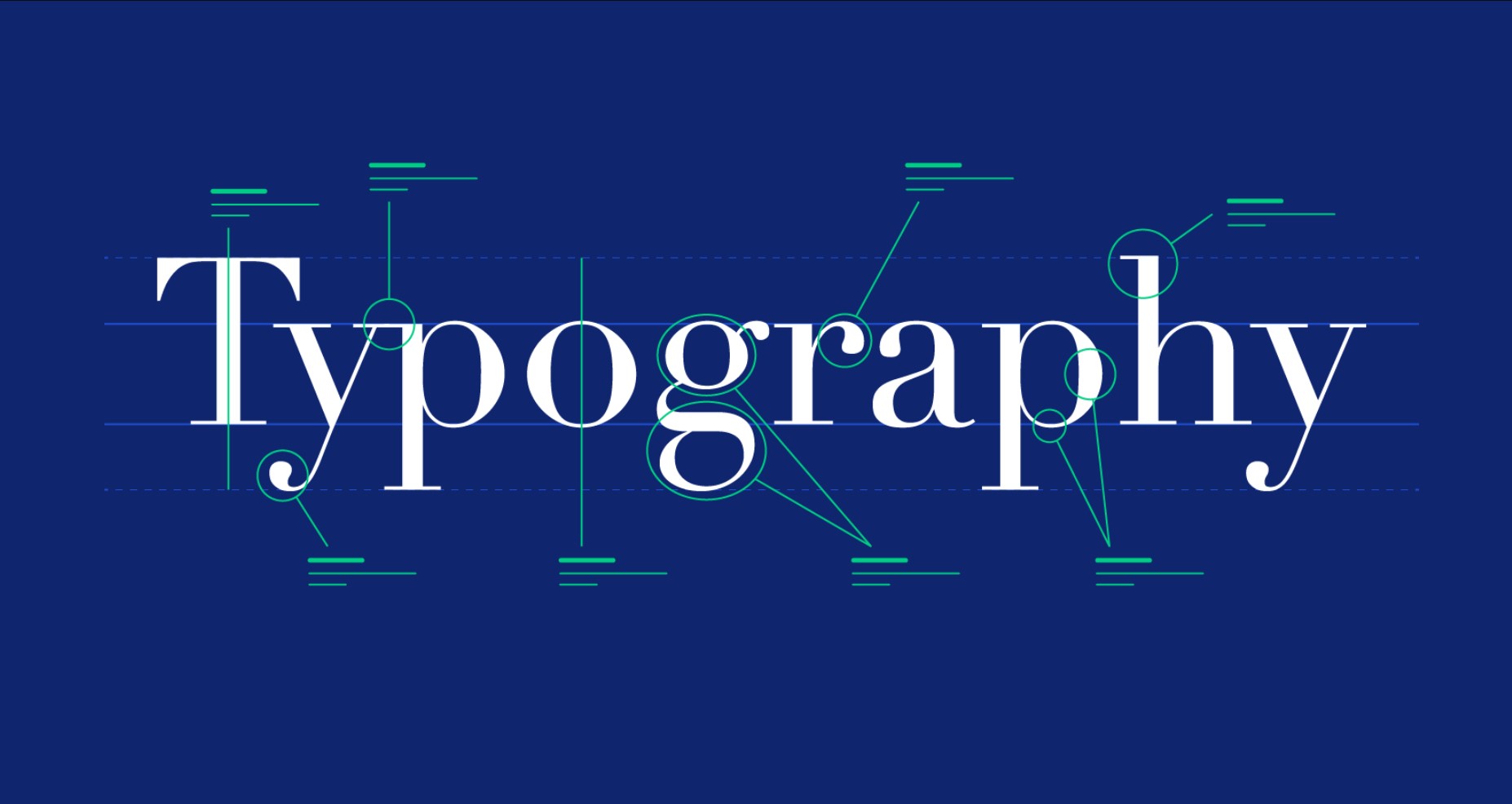In today’s digital era, typography plays a crucial role in the overall design and user experience of websites. The choice of fonts and styles can significantly impact how users perceive and interact with a website. It is essential for web designers and developers to understand the significance of typography and analyze different fonts and styles to create visually appealing and user-friendly websites. In this article, we will dive deep into the world of typography, comparing various fonts and styles to identify the ideal choices for websites.
The Importance of Typography
Typography encompasses the selection, arrangement, and presentation of typefaces in a design. It goes beyond mere aesthetics and directly affects readability, user experience, and the overall perception of a website. Here are a few reasons why analyzing the ideal typography for websites is crucial:
- Readability: The primary purpose of any website is to convey information effectively. Well-chosen typography ensures that the content is easily readable, allowing users to absorb the information without any hindrance.
- User Experience: Typography significantly impacts the user experience. The right font choice can evoke emotions, create a sense of trust, and enhance the overall visual appeal of a website. On the other hand, poor typography can make the content difficult to read and lead to user frustration.
- Brand Identity: Typography plays a vital role in establishing and reinforcing a brand’s identity. Consistent use of fonts and styles across various platforms helps in creating a recognizable and memorable brand image.
- Accessibility: Accessible design is essential for ensuring that all users, including those with visual impairments, can access and understand the content. Choosing appropriate fonts and styles, along with proper contrast, can enhance the accessibility of a website.
Now that we understand the importance of typography let’s compare different fonts and styles to find the ideal choices for websites.
Serif Fonts vs. Sans-serif Fonts: Which is Better?
When it comes to choosing the right typeface, one of the fundamental decisions to make is whether to use serif or sans-serif fonts. Both font styles have their unique characteristics and can be effective in different scenarios.
Serif Fonts
Serif fonts are characterized by small decorative strokes at the end of each letter. These strokes, known as serifs, give the typeface a more traditional and formal appearance. Serif fonts are often associated with elegance, authority, and reliability. They are commonly used in print media and have been traditionally favored for body text in books, newspapers, and magazines.
Some popular serif fonts include:
- Times New Roman
- Georgia
- Baskerville
- Garamond
Sans-serif Fonts
On the other hand, sans-serif fonts are clean, sleek, and modern. They do not have the decorative strokes (serifs) at the end of each letter, giving them a more minimalist and straightforward look. Sans-serif fonts are often associated with simplicity, clarity, and a contemporary feel. They are widely used in digital interfaces and are known for their legibility on screens.
Some popular sans-serif fonts include:
- Arial
- Helvetica
- Roboto
- Open Sans
Which Font Style Should You Choose?
The choice between serif and sans-serif fonts ultimately depends on the nature of your website and the message you want to convey. Here are a few factors to consider when making this decision:
- Purpose – Consider the purpose and tone of your website. If you aim to create a formal and authoritative website, serif fonts might be a suitable choice. On the other hand, if you want to create a modern and clean look, sans-serif fonts can work well.
- Readability – Evaluate the readability of different fonts in the context of your website’s content. Some serif fonts may be more legible in print, while certain sans-serif fonts might be better suited for screen reading.
- Brand Image – Align the font style with your brand’s personality and values. Serif fonts may convey a sense of tradition and reliability, while sans-serif fonts can evoke a more contemporary and innovative image.
It’s important to note that there are no hard rules when it comes to font selection. Ultimately, the goal is to create a harmonious and cohesive design that effectively communicates your message.
The Impact of Font Size and Line Spacing
Beyond the choice of font style, font size, and line spacing also play a significant role in optimizing the typography for websites. Let’s explore the impact of these factors and how they can affect the user experience.
Font Size
Font size refers to the height of the characters in a typeface, typically measured in points. Choosing the right font size is crucial for ensuring readability across different devices and screen sizes. Here are some considerations:
- Body Text: For body text, a font size between 16px and 20px is generally recommended. This range provides a comfortable reading experience for most users.
- Headings: Headings can have larger font sizes to create visual hierarchy and draw attention. The specific font size for headings will depend on the overall design and the importance of the content.
- Responsive Design: With the increasing use of mobile devices, it’s essential to ensure that the font size scales appropriately on different screen sizes. Responsive design techniques can be employed to maintain readability across devices.
Line Spacing
Line spacing, also known as leading, refers to the vertical space between lines of text. Adequate line spacing enhances readability by improving legibility and preventing the text from appearing cramped. Here are some guidelines for line spacing:
- Body Text: For body text, a line spacing of 120-150% of the font size is generally recommended. This spacing allows for easy scanning and reduces eye strain.
- Headings: Headings can have tighter line spacing to create a more compact and visually distinct appearance.
By carefully adjusting the font size and line spacing, you can optimize the readability and user experience of your website.
FAQs (Frequently Asked Questions)
Q1: What are some examples of websites with great typography?
Some examples of websites known for their exceptional typography include:
- Medium
- Awwwards
- Smashing Magazine
- Trello
Q2: How can I choose the right font pairing for my website?
Choosing the right font pairing involves considering factors such as contrast, complementary styles, and the overall design aesthetic you want to achieve. Here are some tips:
- Contrast: Pair fonts with contrasting styles, such as a serif font with a sans-serif font, to create visual interest.
- Complementary Styles: Select fonts that complement each other in terms of weight, height, and overall character design.
- Hierarchy: Use different fonts for headings and body text to establish a clear visual hierarchy.
Q3: Is it necessary to use web-safe fonts?
With advancements in web technologies, web-safe fonts are no longer as critical as they used to be. Modern web browsers and operating systems support a wide range of fonts. However, it’s still important to consider cross-platform compatibility and fallback options for users with older systems or restricted font libraries.
Q4: How does typography impact website loading speed?
Typography can indirectly affect website loading speed if the chosen font files are large and require additional network requests. It is crucial to optimize font files by compressing them and utilizing font subsetting techniques to reduce file size without sacrificing visual quality.
Q5: Can I use decorative fonts for body text on my website?
While decorative fonts can add flair to headings and design elements, they are generally not recommended for body text. Decorative fonts can be challenging to read in longer passages of text, leading to a compromised user experience and reduced accessibility.
Q6: How often should I reassess my website’s typography?
It is good practice to periodically reassess your website’s typography to ensure it remains aligned with current design trends and best practices. Regularly evaluate the readability, accessibility, and overall visual appeal of your website’s typography to make necessary adjustments.
Typography is a powerful design element that can significantly impact the overall user experience of a website. By analyzing different fonts and styles, considering factors such as font size and line spacing, and understanding the importance of readability and accessibility, web designers and developers can create visually appealing and user-friendly websites. Remember to choose fonts that align with your website’s purpose and brand identity while keeping the user’s needs at the forefront. With careful consideration and attention to detail, you can optimize the typography of your website to engage and captivate your audience.


